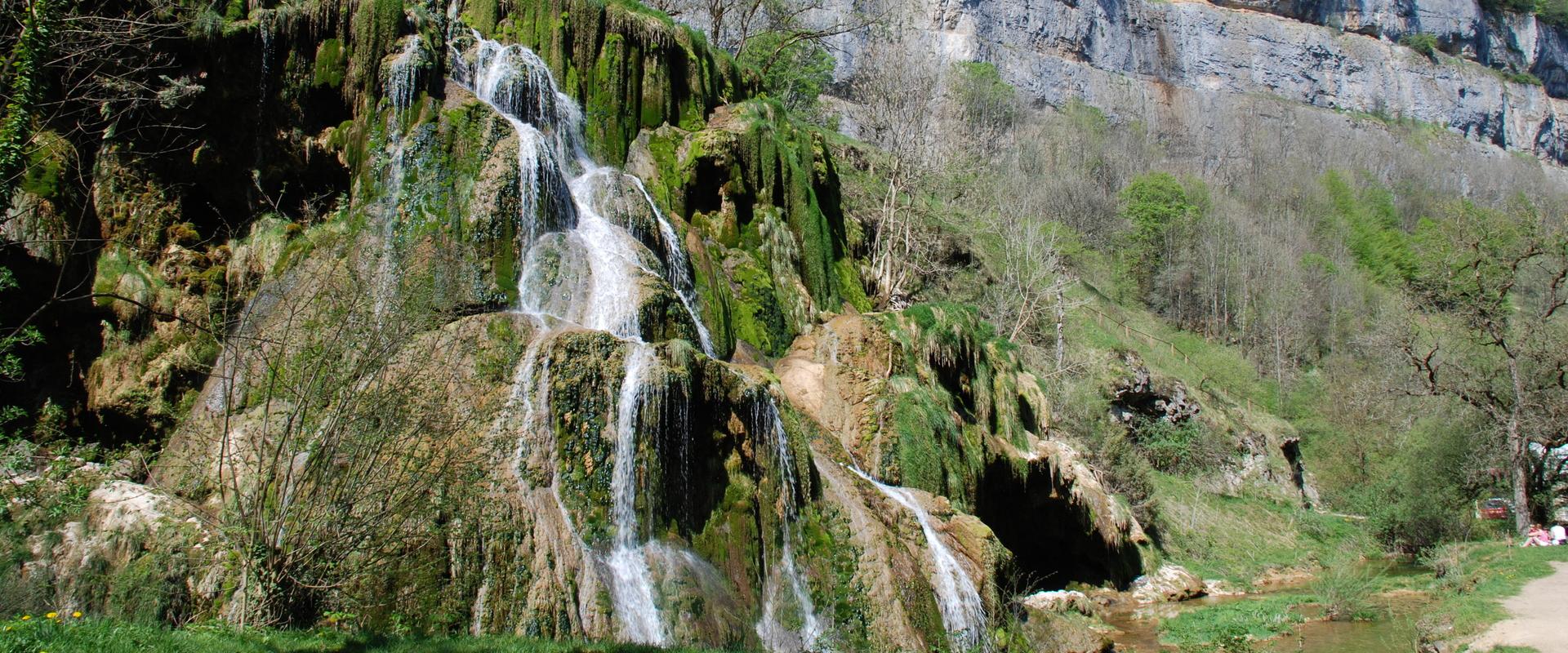Over the past decades, the rivers of Franche-Comté in the Jura massif have suffered a chronic deterioration in water quality. This has resulted in a number of fish kill events over the last ten years in the Loue and Doubs rivers, as well as in the Dessoubre, Ain and Bienne, all of which are renowned for fishing.
Like most rivers in France, the rivers of the Jura massif are impacted by chemical pollutants of various origins, affecting their aquatic life and capacity for self-purification. Excess nutrients (mainly nitrogen and phosphorus) are one of the main causes of this imbalance, leading to the growth of algae that asphyxiate the aquatic environment (eutrophication). This overabundance of nutrients comes not only from the soil amendments used to fertilise crops, but also from domestic and industrial waste.
The paradox of the Jura
We can trace the history of water contamination by a retrospective study of the data relating to nitrate concentrations. In the Jura Massif, an analysis of nitrate concentrations since the 1970s shows that the rising trends observed in the 1980s and 1990s were reversed in the 2000s, but that this has not had a significant impact on water pollution.
This points to a kind of local paradox for the extensive farming in this region, since falling levels of agricultural discharges in recent decades have not been sufficient to reverse the trend in the deterioration in water quality.
One explanation for this paradox lies in the local geological context. The Jura massif is made up of shallow soil formed on limestone or karst rock, which allows water to infiltrate quickly to significant depths (several hundred metres). In just a few hours, the water infiltrating into the cracks is carried through underground networks and cavities (accessible to humans through caving, for example) to the springs that feed the rivers.
The influence of drought
During the dry period, the springs and rivers are fed by water from the oldest aquifer reserves, supplemented by the groundwater recharges of previous years. At the end of this period, when the soil becomes damp again (with the first heavy rains of the autumn), we can observe higher levels of nitrogen residues that are rapidly leached into groundwater and rivers.
This example of the Franche-Comté rivers illustrates the vulnerability of a number of agricultural basins which, despite relatively low anthropogenic pressure (extensive farming), are experiencing a chronic deterioration in water quality. The specific nature of karst basins and their sensitivity to drought have been put forward as partial explanations for this imbalance.
More than one-third of mainland France is covered by karst (Normandy, the Paris Basin, the Jura, the Causses of south-west and southern France, the Pre-Alps and Provence massifs, etc.) and many major French cities depend on this resource for their drinking water supply (Paris, Montpellier, Orléans, Besançon, etc.).
Over the past decade, France has experienced 7 of the 10 hottest years on record, increasing the risk of drought. Given this worrying backdrop, it is essential to step up efforts to reduce the pressure of nutrient pollution if we are to improve the ecological status of the most sensitive areas, such as karst basins.







